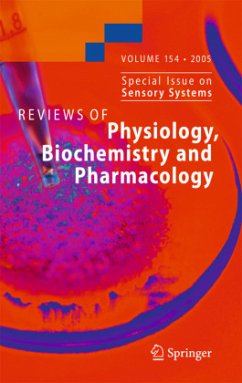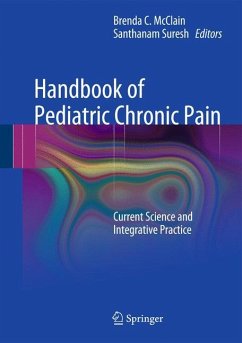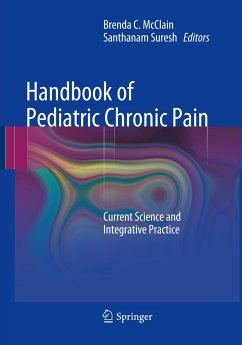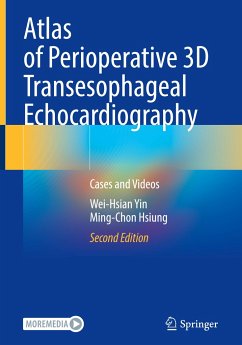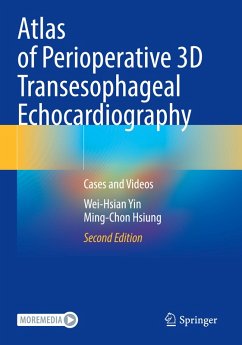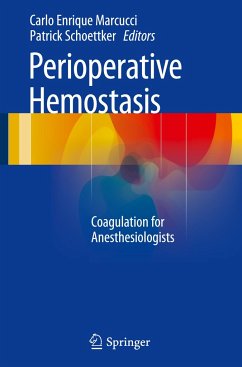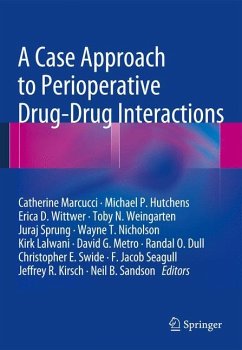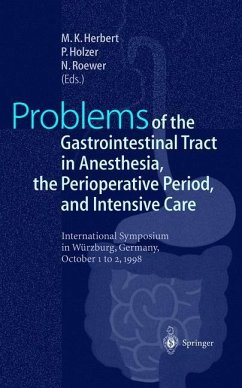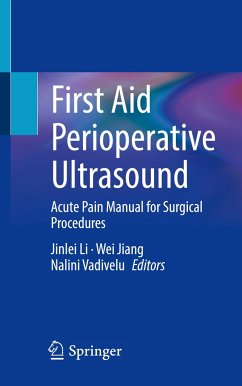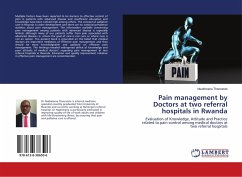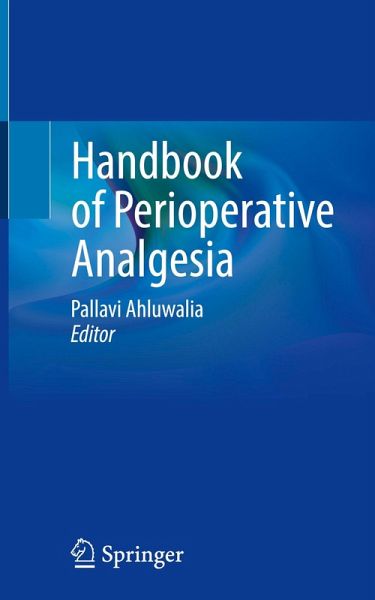
Handbook of Perioperative Analgesia

PAYBACK Punkte
53 °P sammeln!
The book is a guide to perioperative analgesia, designed to equip healthcare professionals with the latest strategies to manage perioperative pain effectively. It offers a blend of theoretical knowledge and practical applications, making it an indispensable tool for practitioners aiming to enhance patient outcomes and recovery during the perioperative period.The chapters cover a wide range of topics, including pain assessment, pain pathways, and preventive analgesia. It includes expert insights into advanced analgesic methods for various surgical procedures, as well as tailored pain management...
The book is a guide to perioperative analgesia, designed to equip healthcare professionals with the latest strategies to manage perioperative pain effectively. It offers a blend of theoretical knowledge and practical applications, making it an indispensable tool for practitioners aiming to enhance patient outcomes and recovery during the perioperative period.
The chapters cover a wide range of topics, including pain assessment, pain pathways, and preventive analgesia. It includes expert insights into advanced analgesic methods for various surgical procedures, as well as tailored pain management solutions for diverse patient populations. The book also addresses the challenges of managing opioid-dependent patients and provides evidence-based solutions for acute pain management services. The chapters highlight the genetic polymorphisms involved in pain mechanisms and the unique considerations required for pediatric patients.
The book is targeted at anesthesiologists, surgeons, pain management specialists, and healthcare professionals involved in perioperative care. It bridges the gap between current practices and cutting-edge advancements. It is also suitable for postgraduate students and practicing pain physicians, meeting curriculum and examination requirements for courses in anesthesiology and pain medicine.
The chapters cover a wide range of topics, including pain assessment, pain pathways, and preventive analgesia. It includes expert insights into advanced analgesic methods for various surgical procedures, as well as tailored pain management solutions for diverse patient populations. The book also addresses the challenges of managing opioid-dependent patients and provides evidence-based solutions for acute pain management services. The chapters highlight the genetic polymorphisms involved in pain mechanisms and the unique considerations required for pediatric patients.
The book is targeted at anesthesiologists, surgeons, pain management specialists, and healthcare professionals involved in perioperative care. It bridges the gap between current practices and cutting-edge advancements. It is also suitable for postgraduate students and practicing pain physicians, meeting curriculum and examination requirements for courses in anesthesiology and pain medicine.



